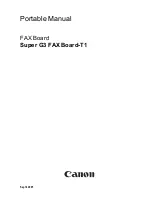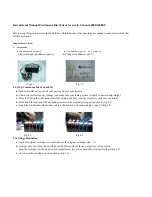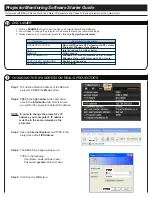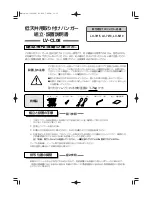
ALM
®
12V7 s-Series User’s Guide
Chapter 5: Operation and System Design Considerations
406014-02EN, Rev. 05
© 2016 NEC Energy Solutions, Inc. All rights reserved.
Page 41 of 49
This document contains the proprietary information of NEC Energy Solutions, Inc. (“NECES”) and may not be modified,
reproduced, retransmitted or redistributed, either in whole or in part, for any reason without NECES’ prior written consent.
If the intent of the application is to maximize the amount of energy available from the
ALM 12V7 s-Series battery before charging, it may be advantageous to disable external
cutoff mechanisms based on the terminal voltage and instead use the battery’s internal
protection circuitry to determine when to interrupt the discharge cycle. The battery protects
itself from unsafe conditions and typically disconnects due to low voltage when only 5-10%
of full charge capacity remains.
Balancing
Over time, the ALM 12V7 s-Series cells diverge in both capacity and SOC. All ALM 12V7
s-Series batteries perform cell voltage balancing at high SOC values based on cell voltage to
maximize the available capacity of the battery. The balancing circuit’s purpose is to drive all
cells to the same voltage. Cell balancing continues on a per-cell basis as long as the cell
voltage exceeds 3.385 volts.
ALM 12V7 s-Series batteries are shipped at 100% SOC. However, fully charging the ALM and
holding the ALM at float voltage for 4-24 hours prior to first use will ensure optimal balance
and maximize the first discharge delivered capacity.
Cycle Life
Cycle life is dependent upon charge and discharge rates, operating temperature, calendar
time and state of charge swing or delta SOC.
projects cycle life expectations as a
function of delta SOC where reducing delta SOC results in greatly enhanced cycle life.
Figure 10 Cycle Life versus Delta SOC Behavior of Nanophosphate® Lithium-Ion Cell










































